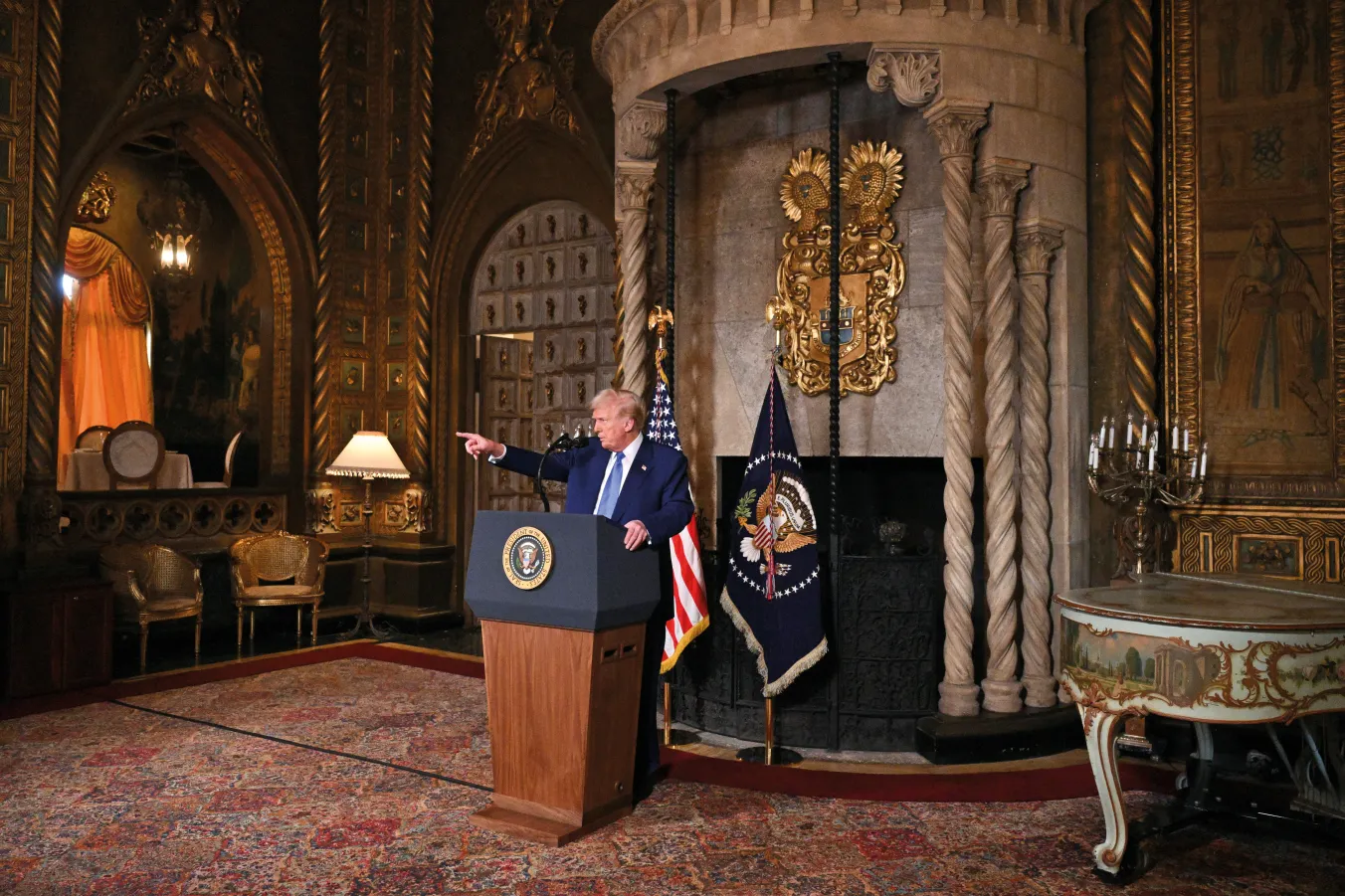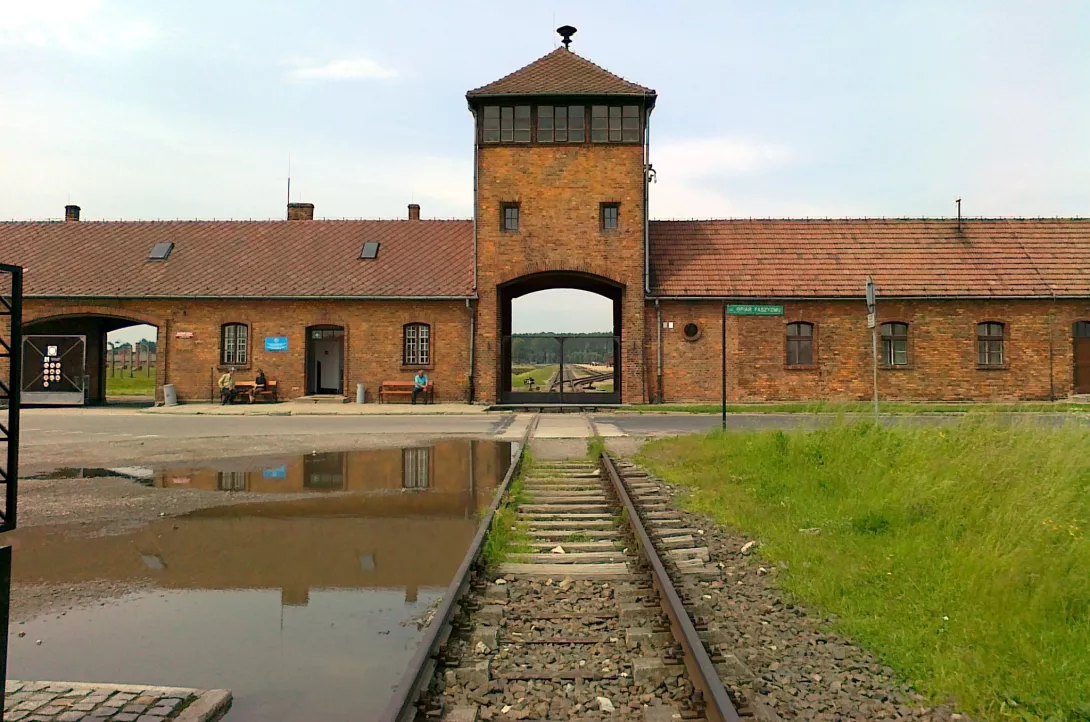VIJAY PRASHAD examines why in 2018 Washington started to take an increasingly belligerent stance towards ‘near peer rivals’ – Russa and China – with far-reaching geopolitical effects
How the great strike began
Britain’s coalfields were already seething with anger and lightning walkouts when the national strike against pit closures was triggered at Cortonwood colliery in Yorkshire on March 6 1984. PETER LAZENBY reports
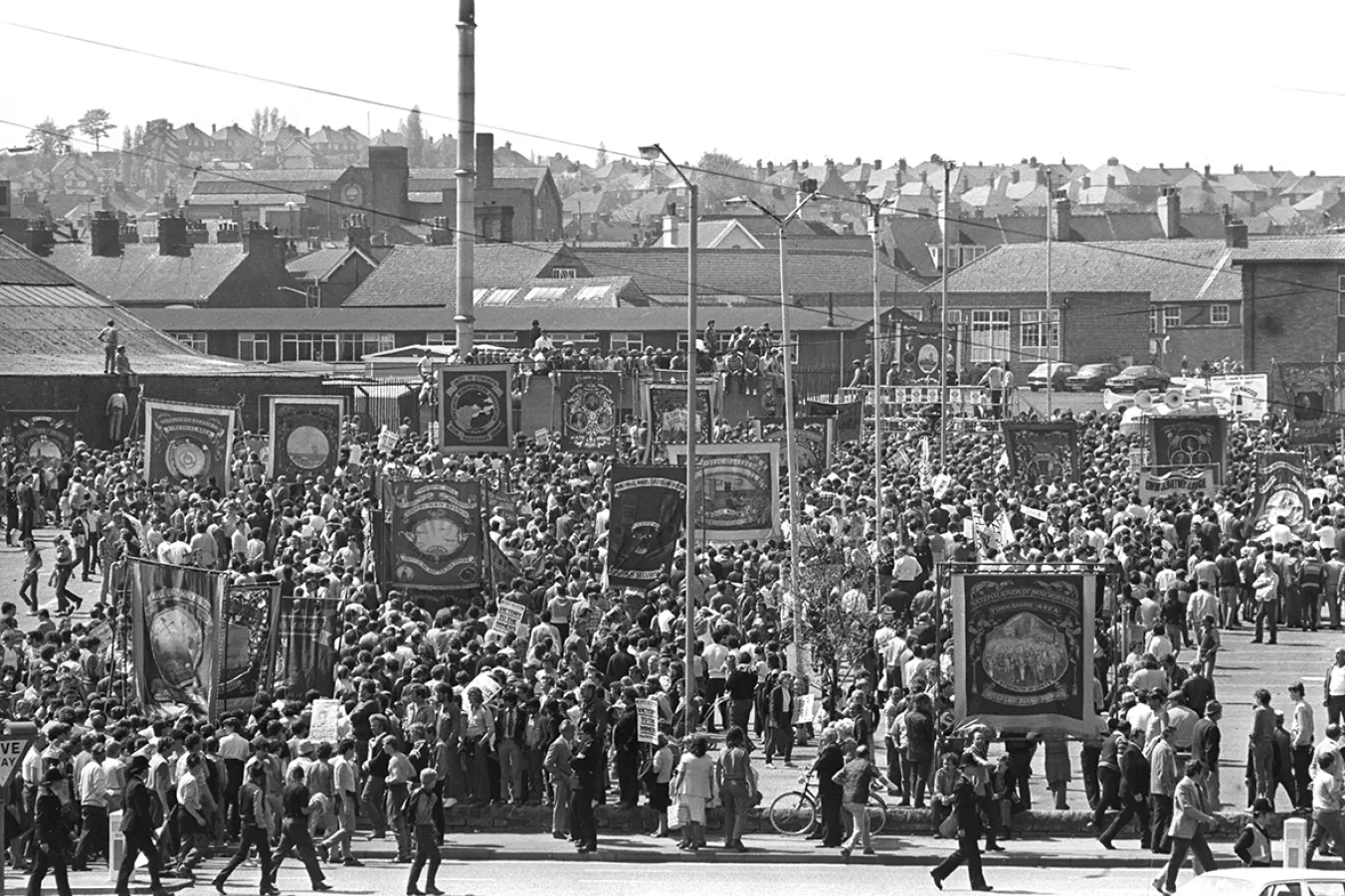
HILARY CAVE was at the heart of the National Union of Mineworkers administrative apparatus at its headquarters in Sheffield from 1983 to 1988.
As national education officer she ran training courses preparing union activists for what the union knew was coming — an all-out attack by the Tory government of Margaret Thatcher on the miners and their union.
More from this author
Similar stories
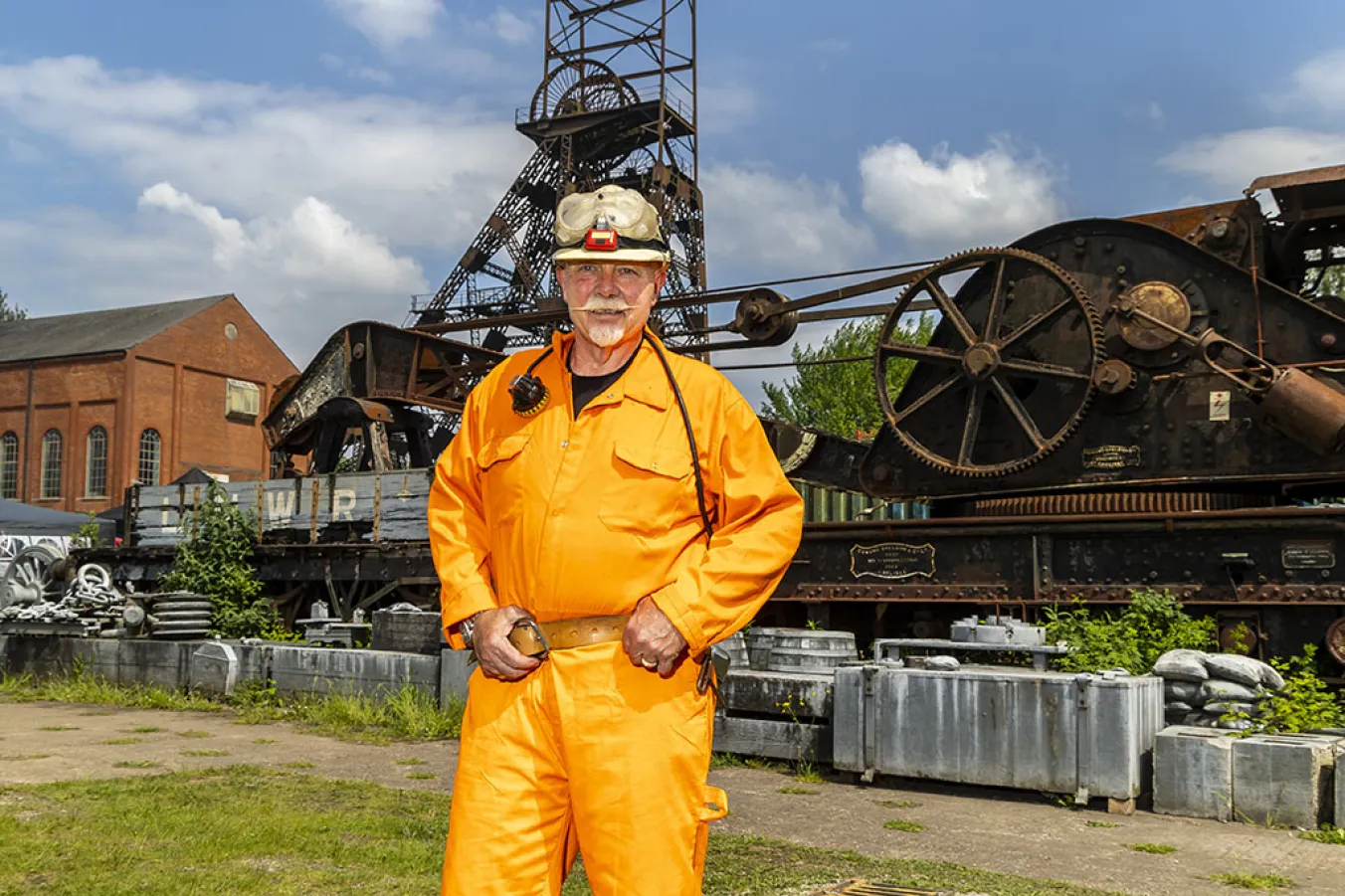
From repurposing a police van as the picket express to facing kidnap charges, former miner STEWART BROWN tells northern reporter Peter Lazenby tales of defiance from Bold Colliery during the 1984-85 strike
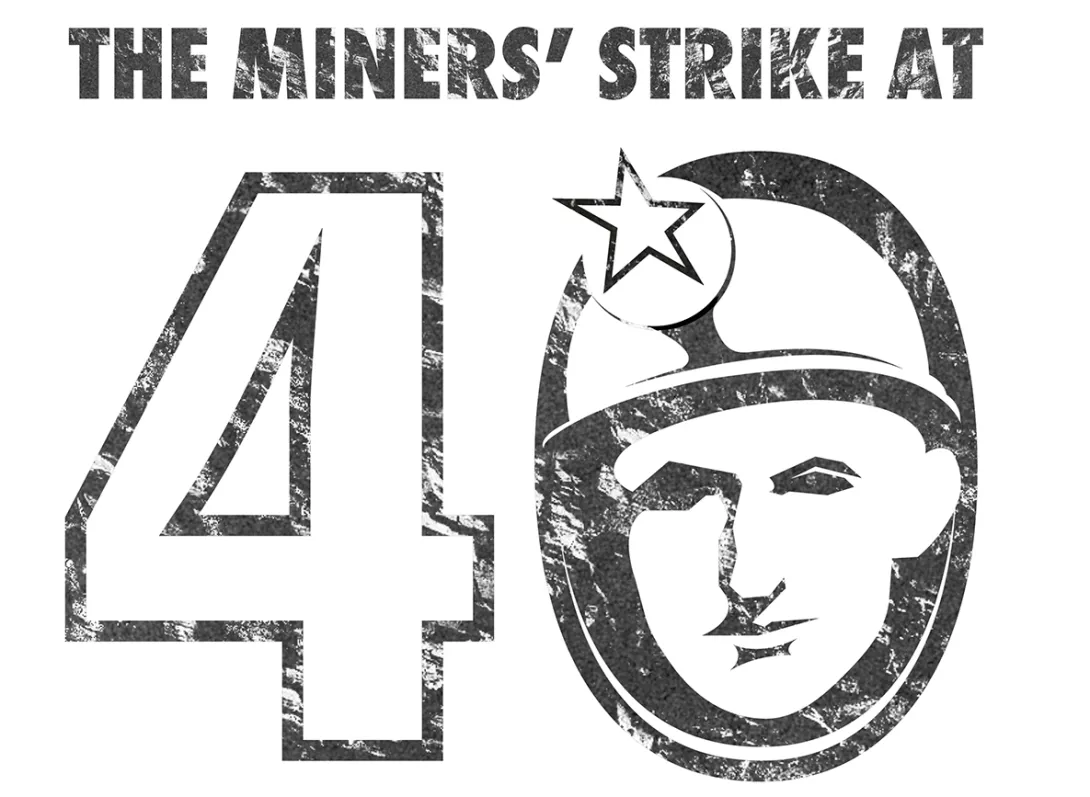
In the first of two features, ex-miner PAUL KELLY shares his experiences as a 24-year-old striker in the miners’ strike against pit closures of 1984-5

LORD JOHN HENDY KC explains how the events of ’84-5 were an ideological assault unleashed on the working class in revenge for gains of the ’70s
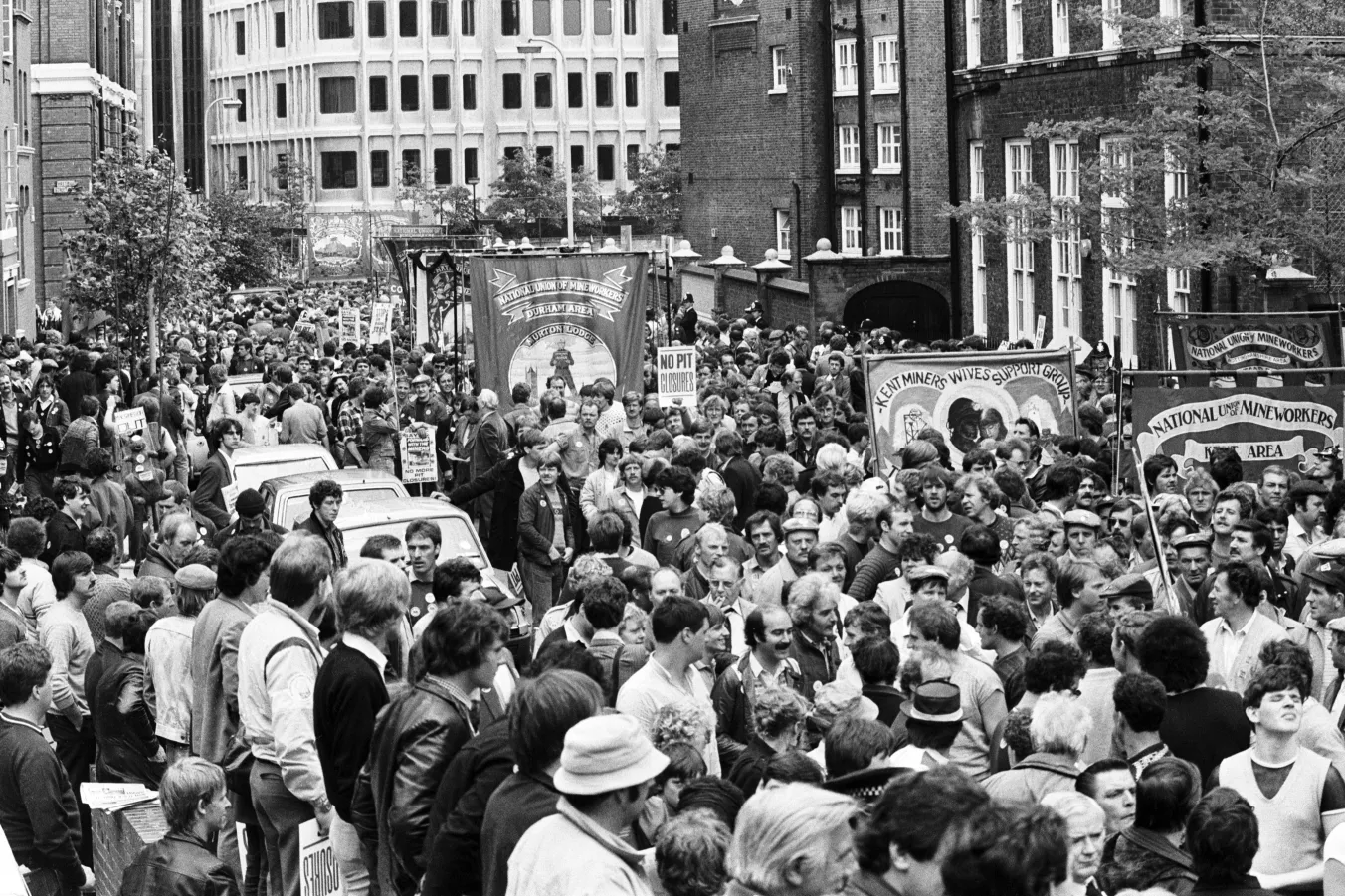
Durham Miners Association chair STEPHEN GUY explains how the legacy of the strike lives on in north-east England with the miners’ gala in July and the under-refurbishment ‘Pitman’s Parliament’


